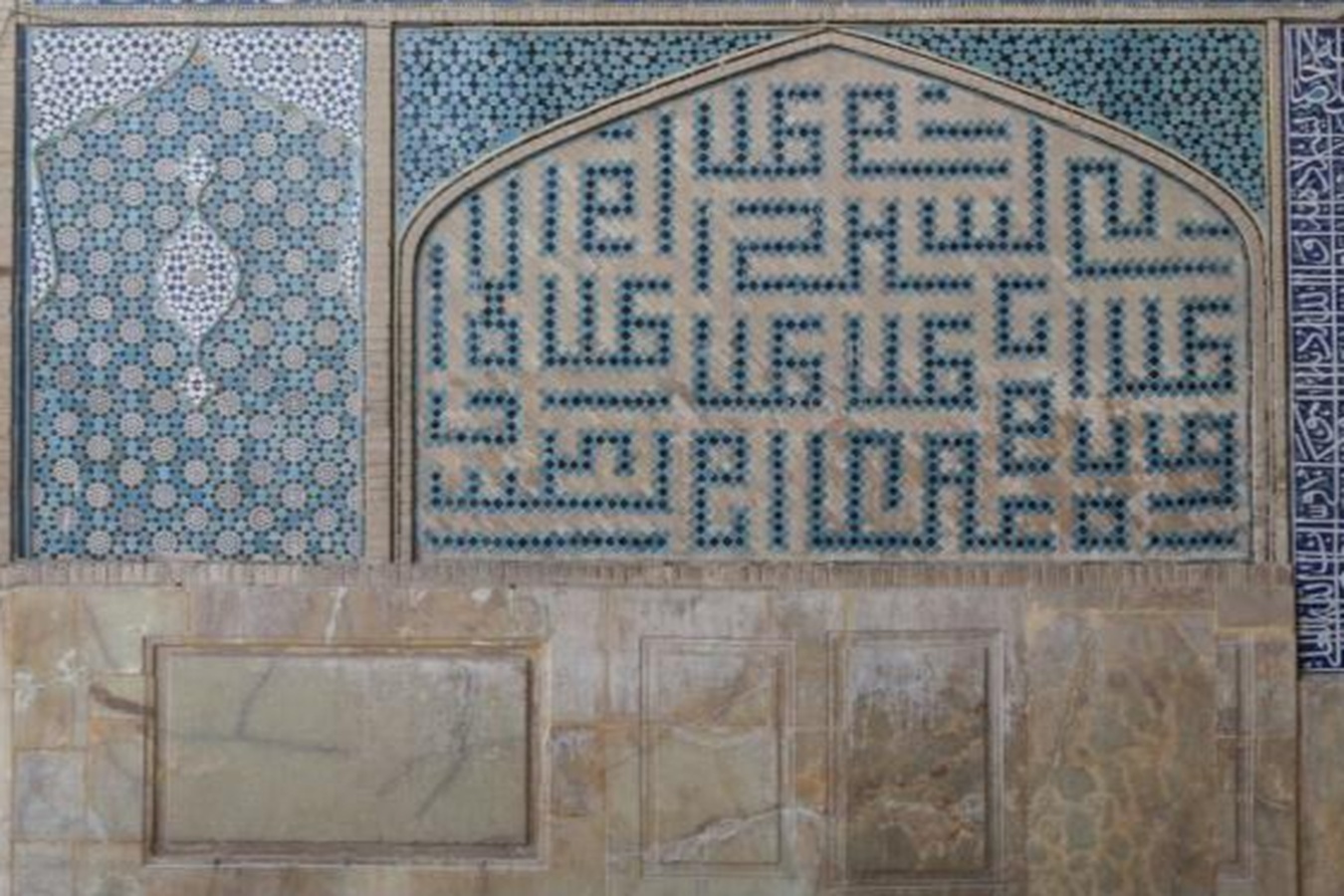
The Enduring Power of Prayer
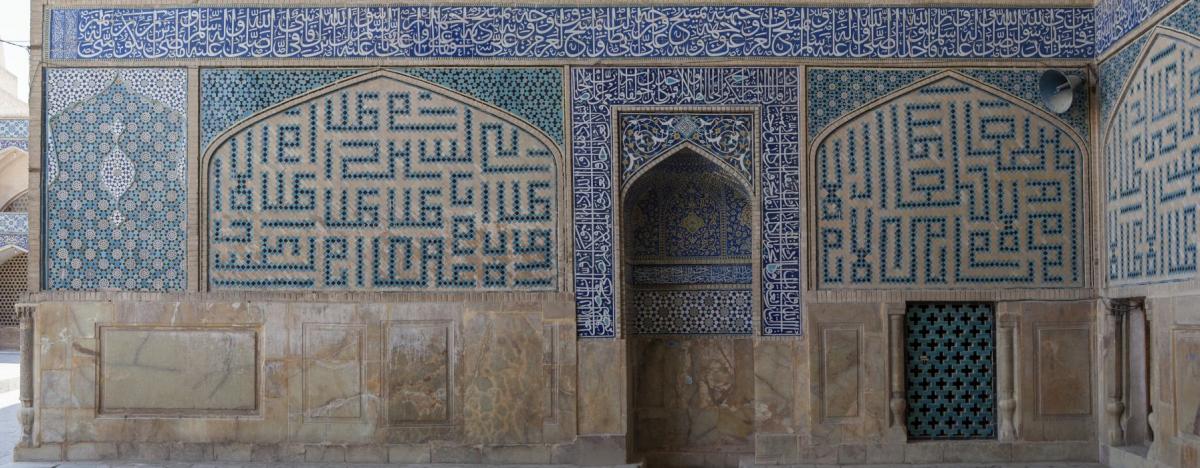
REFLECTIONS READING: THE ENDURING POWER OF PRAYER

Across all religious traditions and cultures, prayer is a universal expression of worship and piety. It is a most elementary manifestation of religious life. In a hadith, Prophet Muhammad (peace be upon him and his family) states: “Each and everything has a face (or purpose), and the face of religion is prayer.” [2]
Enacted individually and collectively, prayer, in its endless varieties and manifestations, provides believers with a regular and direct means through which to encounter and communicate with the sacred (holy, transcendent, ultimate reality, or God – as in monotheistic traditions). It is through this language and these recurring conversations of the soul, that the relationship between the sacred and human is mediated, nurtured, and sustained.
“Therefore, remember me” proclaims Allah in the Qur’an-e-Sharif, “(and) I will remember you” (2:152). Prayer is, thus, a most basic expression of an affirmation (faith) and acknowledgment of the existence of a higher power to which one is intimately connected or bonded, and overwhelmingly dependent.
Forms and Functions of Prayer
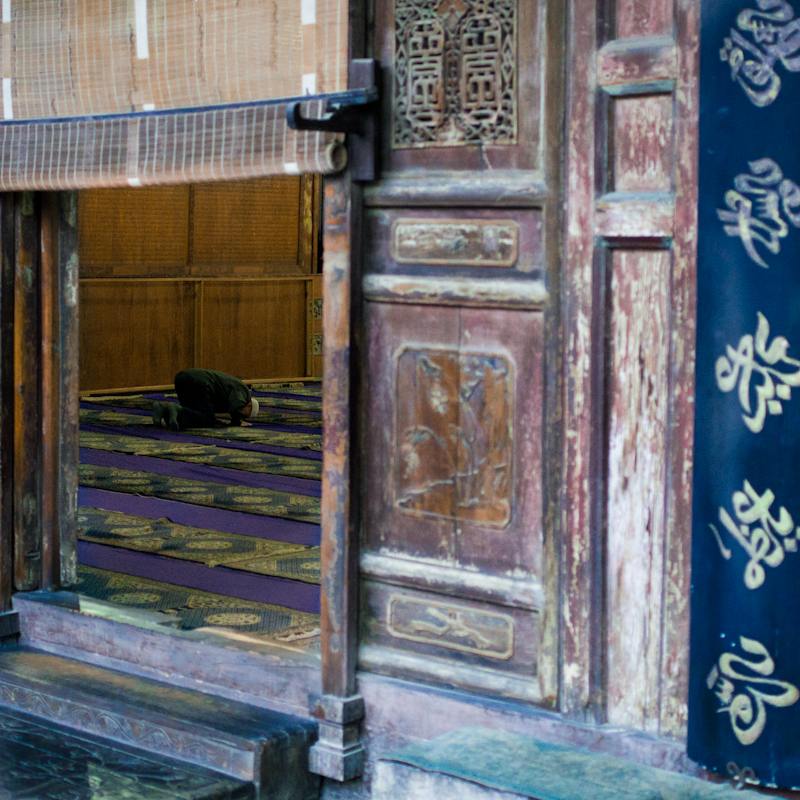
Like religious practices in general, prayer comprises of a wide array of forms and types across the religious traditions of the world. It is performed formally and spontaneously, individually and collectively, privately and publically, loudly and silently, at home or at specially designated spaces. Prayer may take the form of the recitation of verses from sacred books, the chanting of religious songs and poetry, the repetition of sacred words, the movement of the body in a particular rhythm, or silent contemplation.
Formal canonical prayers generally take place at prescribed times and places, and follow a fixed set of rituals. They are usually conducted in the context of a congregation, a gathering of believers, but may also be recited alone.
This multiplicity and plurality of forms and expressions of piety and prayer has existed in the Muslim context right from the time of the Prophet and continues until today across the diverse geographical, linguistic, and cultural contexts in which over one billion Muslims reside. There is a coexistence of an incredibly rich array of prayers and other devotional practices that have evolved over the course of Muslim history which have nurtured the bond between an individual and that which he or she considers sacred, such as God, the Prophet, the Imam, etc.
Video: Asmaul Husna “99 Names of Allah” by Mustafa Özcan Günesdogdu
This plurality in forms of prayer also extends to its functions. Prayer is appropriated in a variety of ways expressing multiplicity and diversity of aims and meanings.
We pray when we are in need of God's help and grace, when we need strength and guidance, or when we reach our limits. We pray for circumstances in our lives to be changed. We pray to be close to God and to connect with God. We pray out of thanksgiving, out of desperation and disappointment, and out of love. We pray for forgiveness, transformation, deliverance, and salvation. We pray for ourselves, our families, others in need, and for a more peaceful, safe, and just world. We are taught from the youngest age that we can pray for anything, anytime, and anywhere!
Prayer affirms an individual’s sense of communion with the Divine. It also expresses different dimensions of one’s relationship with Him, such as dependence, trust, hope, devotion, etc. In addition, prayer reinforces collective consciousness, communal values, and serves to support identification with a religious community or Jamat!
The Necessity of Prayer in Islamic Traditions
In the religious life of Muslims, prayer constitutes a foremost principle and practice. It forms the core of Prophet Muhammad’s personal experience of God and is the foundation of the Qur’anic revelation. Accordingly, regular performance of prayer and worship is a central feature of the Qur’an and is regarded as a mark of faith.
Video: Allahu Akbar by Ahmed Jehanzeb and Shafqat Amanat
Prayer is necessary to the practice of the faith, according to the Qur’an. Its verses on prayer demonstrate the relationship which the Qur’an expresses between Allah and human beings. Believers are urged to remember their Creator, and to be constant in offering prayers. As the All-Hearing and All-Knowing God, Allah receives the prayers of those who call on Him:
“I am near to answer the call of the caller, when he calls Me…” (2:186)
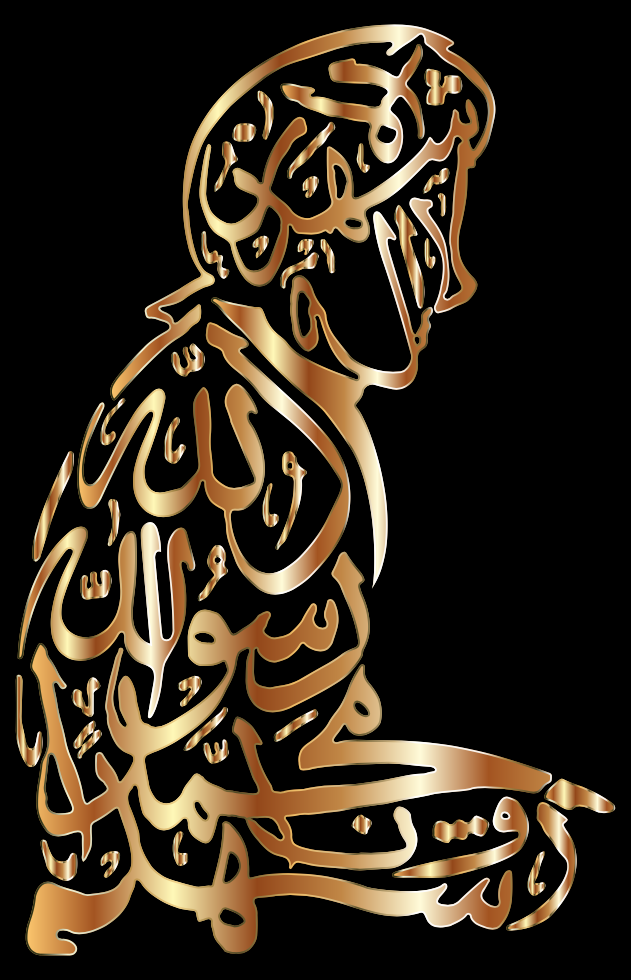
Hazrat Ali (alayhi-salam), is believed to have said:
“Pledge yourself with prayer and remain steady on it: offer prayer as much as possible and seek nearness of God through it. Certainly, prayer drops off sins like the dropping of leaves of trees…”
(IIS Secondary Curriculum: Faith and Practice in Islamic Traditions vol. 2, p. 139)
Similarly, Imam al-Mansur (alayhi-salam), our thirteenth Imam and third Fatimid caliph is reported to have said:
“I urge upon you the worship of God by fearing God, He whom you cannot do without, nor is there a refuge for you other than with Him, in dying or in living, not in the afterlife nor in this world. Sacrifice yourselves in what He wants and approves. It brings you nearer to Him.”
(Orations of the Fatimid Caliphs, p. 103)
Diverse Muslim Expressions of Prayer
The Qur’an presents the offering of prayer in a variety of ways and using various terms, while not prescribing specific forms of prayer. These include salat (meaning “prayer”), dhikr (“remembrance”), and du’a (“invocation”). Other forms of prayer that have evolved throughout Muslim history include tasbih (meaning “glorification”) and salawat (plural of salat, has come to refer to praying for blessings on the Prophet and his family).
Video: Turkish Sufi Worship
Throughout Muslim history, these terms and forms of prayer have been interpreted and expressed by different communities of interpretation. Each maddhab (a system or school of religious law in Islam) and tariqah (a path followed by mystical schools of interpretation in Islam) has evolved their own expressions of prayer.
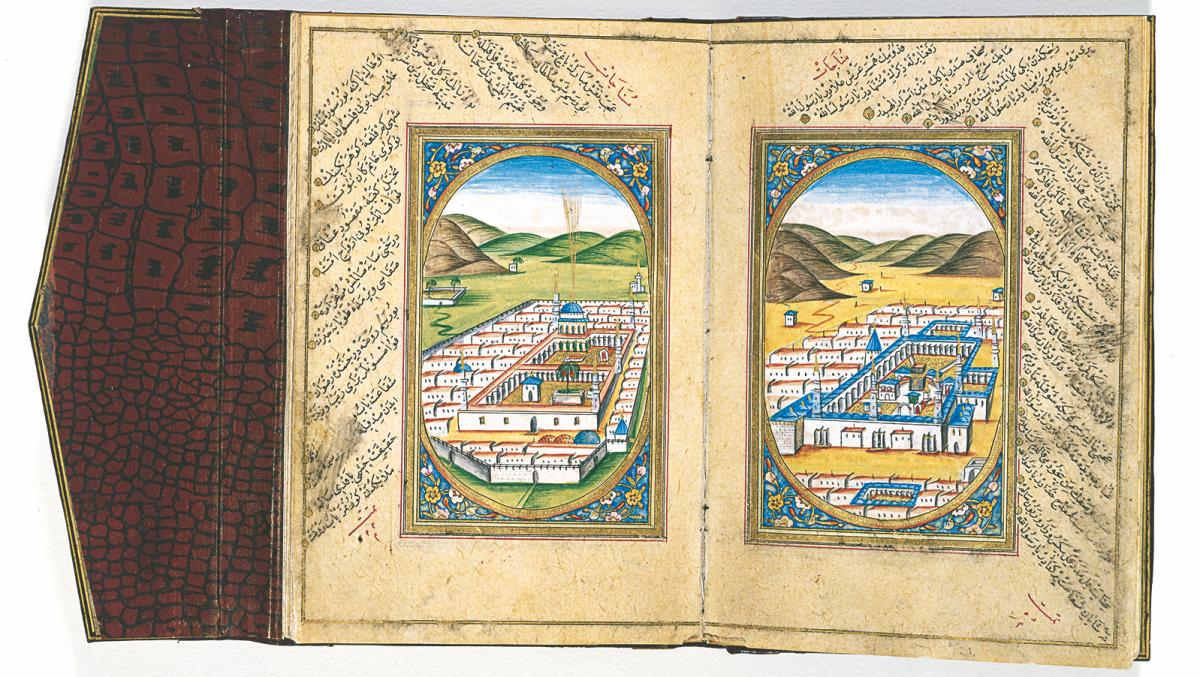
In the Shi’a Ismaili tariqah of Islam, under the guidance of the Imam of the Time we find a variety of prayers through which we can submit ourselves to the Divine. This includes collective practices that we observe in Jamatkhanas, and individual practices that we can engage in at any time of the day.
Mawlana Hazar Imam explained the importance of prayer in a speech at Peshawar University in 1967, warning that:
“The day, we no longer know how, nor have the time nor the faith to bow in prayer to Allah because the human soul that He has told us is eternal is no longer of sufficient importance to us to be worthy of an hour of our daily working, profit-seeking time, will be a sunless day of despair.”
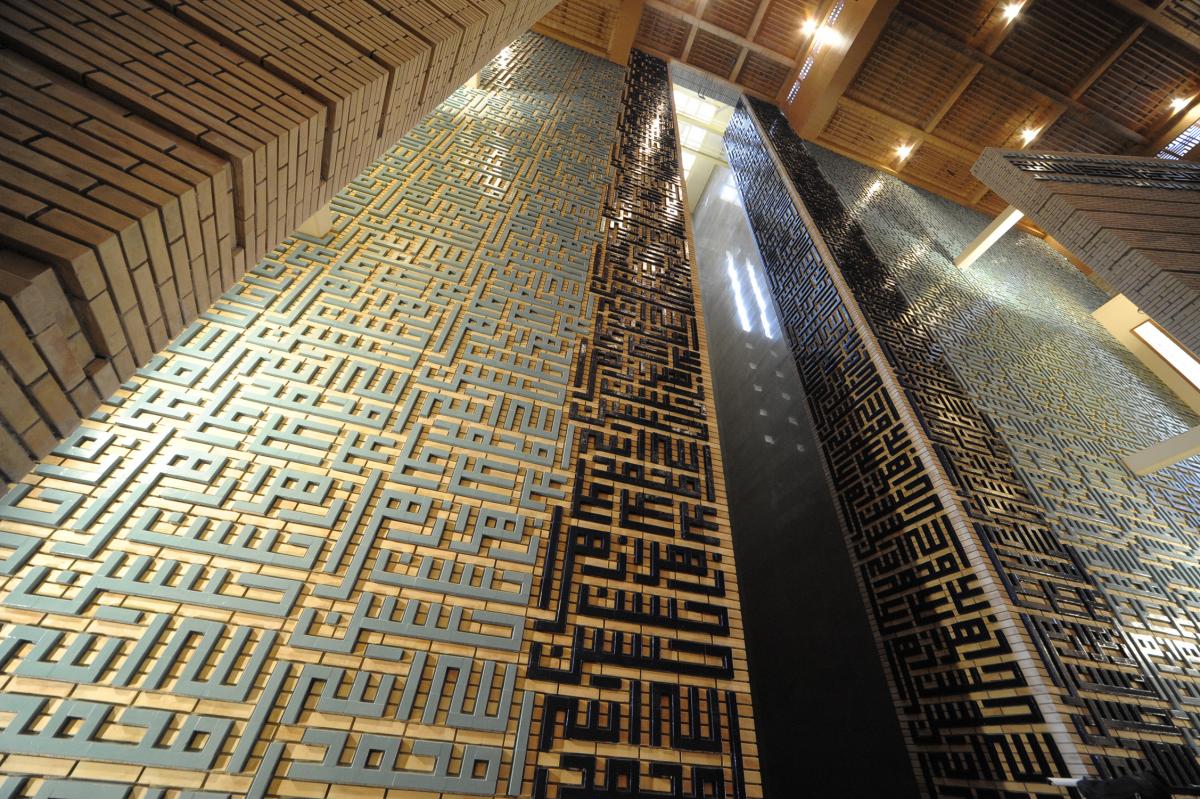
Expressions of Prayer in Muslim Artistic Traditions
Being a central element in Islamic practice, prayer has found expressions in every dimension of Muslim culture, including in art, architecture, poetry, and music. This includes exquisite calligraphy of verses of the Qur’an, commonly-recited prayers, and the names of Allah, the Prophet, the Ahl al-Bayt, and other notable figures. Such calligraphy can be found in architecture, finely decorated prayer books, and prayers found on a variety of materials and objects.
Additionally, prayers are expressed through beautiful oral recitations. This extends to music, as Muslim artists have composed songs in a variety of genres and languages that have expressed prayers and incorporate some of the forms of prayer described above. This extends to the diverse expressions of Ismaili devotional literature, such as qasidas and ginans, composed throughout history and across cultures.
Video: Supplication by Sami Yusuf
Conclusion
As we pass through this unprecedented and challenging period, there is no better time to reflect on and experience the enduring power of prayer in our lives. Through our personal prayers, we will find hope, solace, and courage to face our difficulties and adversities. We can draw strength from prayer, practiced alone or with our families, and seek Divine grace, mercy, and assistance.
We end with a beautiful and moving prayer found in the Qur’an-e-Sharif:
“Lord, do not take us to task if we forget or make mistakes. Lord, do not burden us as You burdened those before us. Lord, do not burden us with more than we have strength to bear. Pardon us, forgive us, and have mercy on us.” (2:286)
For Mawlana Hazar Imam’s blessings and guidance on learning the meaning of our prayers and the importance of the remembrance of Allah, we suggest that the Jamat read from the Farman made in Atlanta, USA on March 17, 2018. It is published in the Diamond Jubilee (2017-2018) book of Farman Mubarak on pages 162 and 163.
Family Chat Questions
What are some of the different types of prayers that we observe in the Ismaili tariqah?
What are some prayers that can be recited at times of difficulty to seek help, grace and mercy?
Learn More
IIS Secondary Curriculum: Faith and Practice in Islamic Traditions vol. 1 and 2
Article: Prayer by Encyclopaedia Britannica
Book: Spiritual Quest: Reflections on Quranic Prayer According to the Teachings of Imam Ali by Dr. Reza Shah-Kazemi (Read Introduction)
Video: Interview with Dr. Reza Shah-Kazemi on Spiritual Quest
Video: Communing with the Divine: Islamic Mystical Traditions and the Arts – lecture by Prof. Ali Asani
[1] Aga Khan III, The Memoirs of Aga Khan (London: Cassell & Co.,1954), p. 176
[2] Al-Numan b. Muhammad, al-Qadi Abu Hanifa. Daaim al-Islam [The Pillars of Islam]. Translated by Asaf A.A. Fyzee. Revised and annotated by Ismail K. Poonawala. 2 vols. (New Delhi: Oxford University Press, 2002-2004), p 167
Opinions, statements, or other information displayed through external links above are provided as additional reference material and do not necessarily represent the opinions of, or imply endorsement by, the Ismaili Institutions for Canada.



